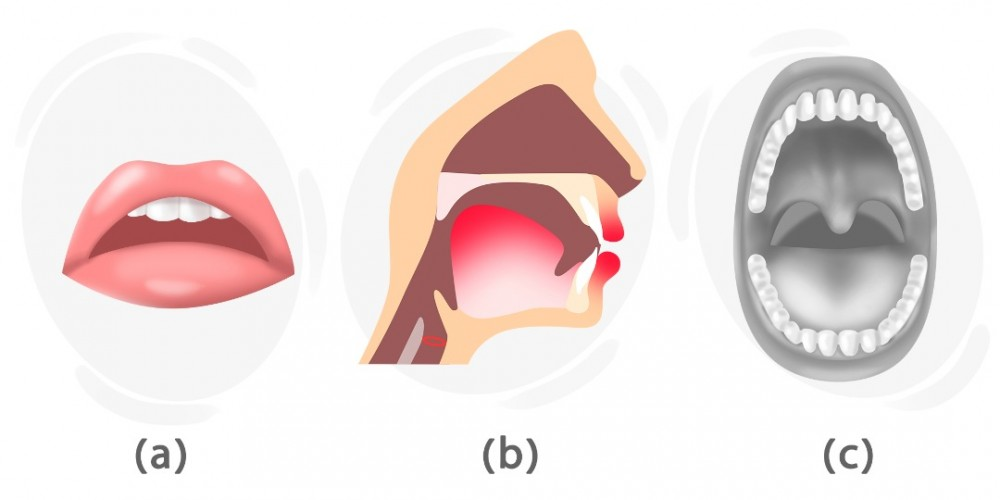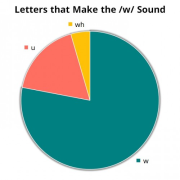How to Pronounce the /w/ Sound

In this lesson, we are going to learn about how we can produce the /w/ sound using the proper articulatory organs.
What Type of Sound Is /w/?
/w/ is a consonant sound in the English language.
How to Produce /w/?


As you can see in picture (b), the lips, the tongue, and the uvula are important participants in the production of this sound. The back part of the tongue moves up and gets close to the uvula. However, note that they do not make contact. The tip of the tongue remains in its place. Also, the uvula will not let the air out of the nose. If you pay attention to the red circle in the throat, it is indicating that this sound is voiced. So, we have to use our vocal cords.
In the picture (a), you can see how the lips contribute to producing this sound. To pronounce it, round your lips in an "O" shape and slowly move them back. If you turn the corners of your mouth a bit downwards at the beginning, it will be easier for you. In picture (c), you can see that the tongue does not make contact anywhere in the mouth. When pronouncing the /w/ sound, we must immediately pronounce the vowel after it.
/w/ Sound in the Most Common World Languages
Below, there is a table of the /w/ sound in the the most common world languages:
Existence | Example | |
|---|---|---|
Mandarin | ✔ | 挖 (wā) |
Spanish | ✔ | cuanto |
Hindi | ✔ | पकवान |
Bengali | ✔ | ওয়াদা |
Portuguese¹ | ✔ | qual |
Russian | x | - |
Japanese² | ✔ | わさび |
Vietnamese | ✔ | tuần |
Turkish | x | - |
French | ✔ | oui |
German | x | - |
Italian | ✔ | uomo |
Persian | x | - |
Standard Arabic | ✔ | وَرْد |
Korean | ✔ | 왜가리 |
Indonesian | ✔ | waktu |
Filipino | ✔ | lawak |
Hungarian | x | - |
Dutch | x | - |
Polish | ✔ | łaska |
Romanian | ✔ | dulău |
Swedish | x | - |
Czech | x | - |
Greek | x | - |
Ukrainian² | ✔ | любов |
Urdu | ✔ | وشواس |
¹ The sound exists in Brazilian Portuguese.
² The sound is similar, but it is not identical.
Listening
Below, there is an audio file that helps you learn the proper pronunciation of the /w/ sound:
Comments
(0)

